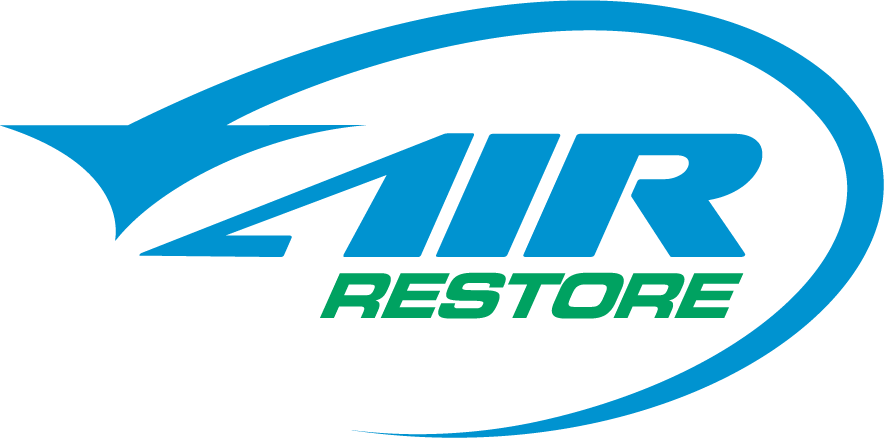The presence of active microbial contamination in a HVAC system may be indicators of more severe problems. Remediating the organisms without addressing the root cause of the contamination is of minimal value to the consumer. Thus any practical program should include investigation, isolation and removal of the contaminants’ sources and correction of the problem(s) which lead to the microbial contamination.
Potential sites of bacterial and fungal growth in the ventilation system include cooling coils, condensate drain trays, filters and humidification systems. Amplifications can occur on wet ductwork surfaces, including duct lining, fan plenums and around outside air intakes.
Real health risks
The health effects associated with biological pollutants include Legionnaires Disease, Humidifier Fever, Pontiac Fever and a host of other allergic reactions. Microbial amplifications are also contributing factors in symptoms associated with Sick Building Syndrome.
Remediation
Before taking remedial action, it is important to identify the contamination sources and the underlying cause.
Non-porous HVAC surfaces can be cleaned and sanitised, however it is recommended that any water damaged porous material, such as fibrous glass insulation or carpet, that is acting as an amplification site, be removed completely.
The remediation process considers four elements:
- Identifying and correcting the cause of the contamination.
- Controlling contaminated areas to prevent the spread of fungi/ bacteria.
- Removal of source material including contaminated dust, debris, stagnant water and unwanted material within the building structure and the ventilation system.
- Treating the affected areas with an anti-microbial chemical if necessary.
For further information on comprehensive HVAC Hygiene and assessments, contact Opira today.




